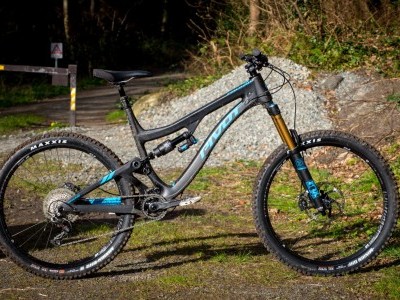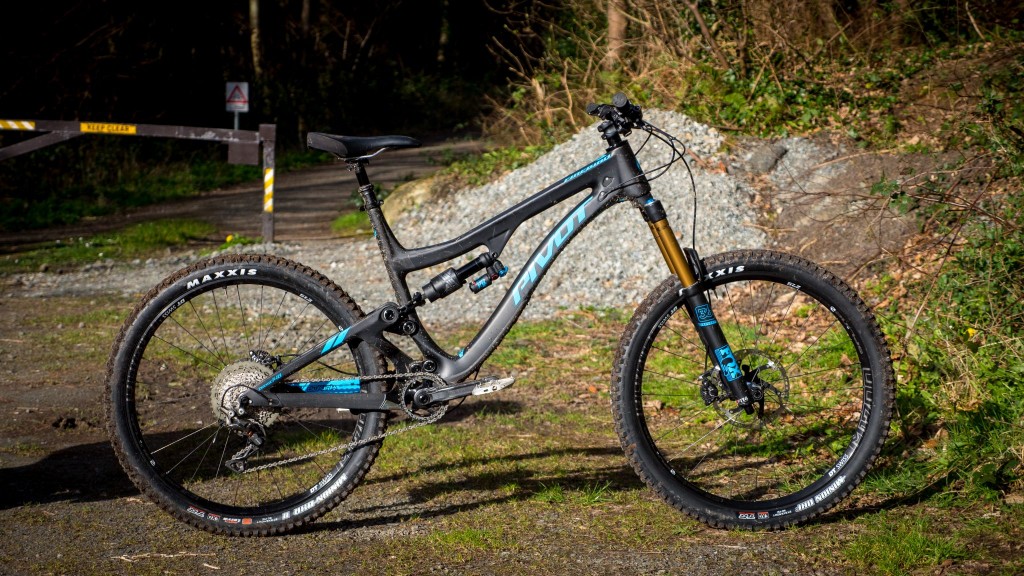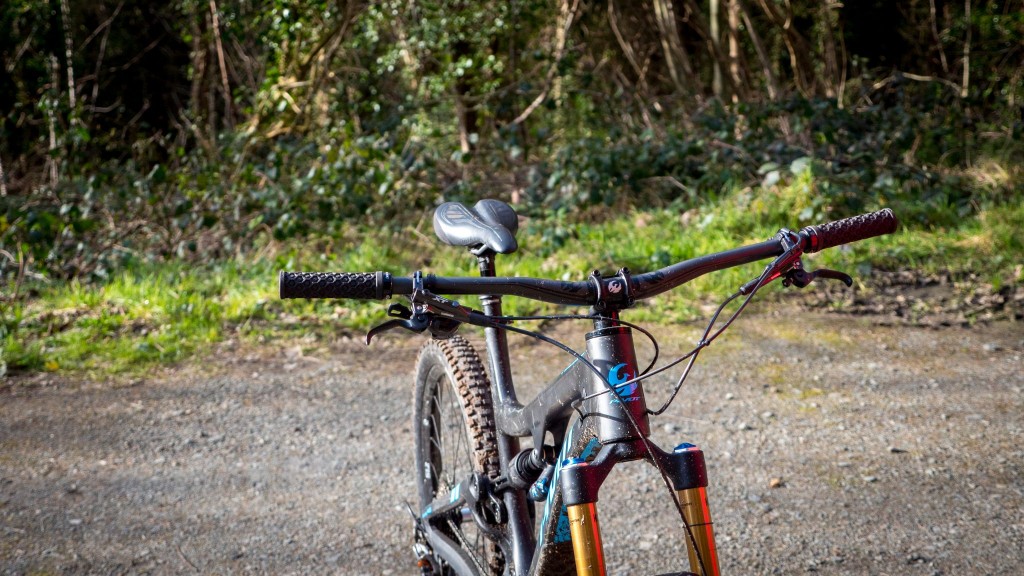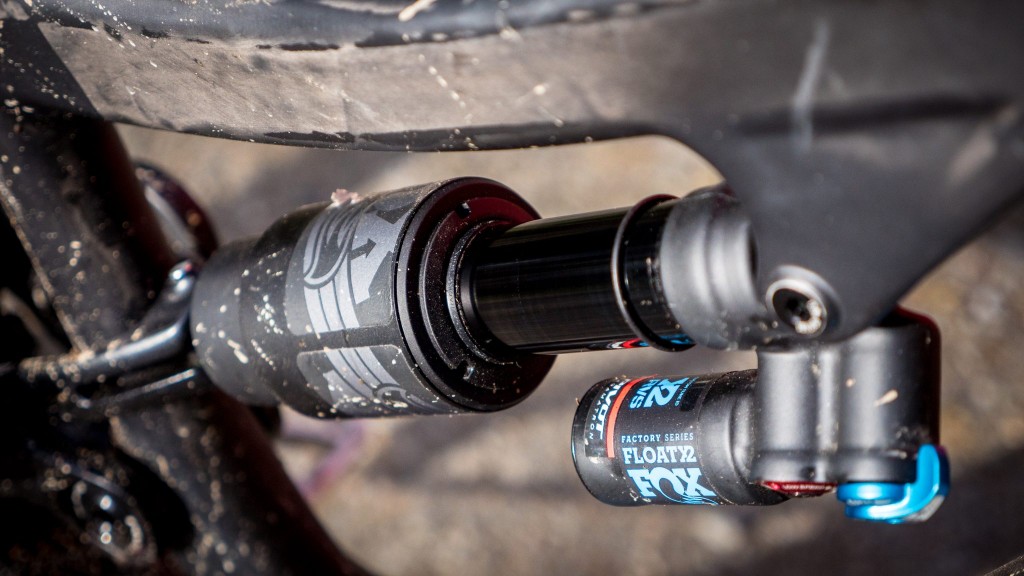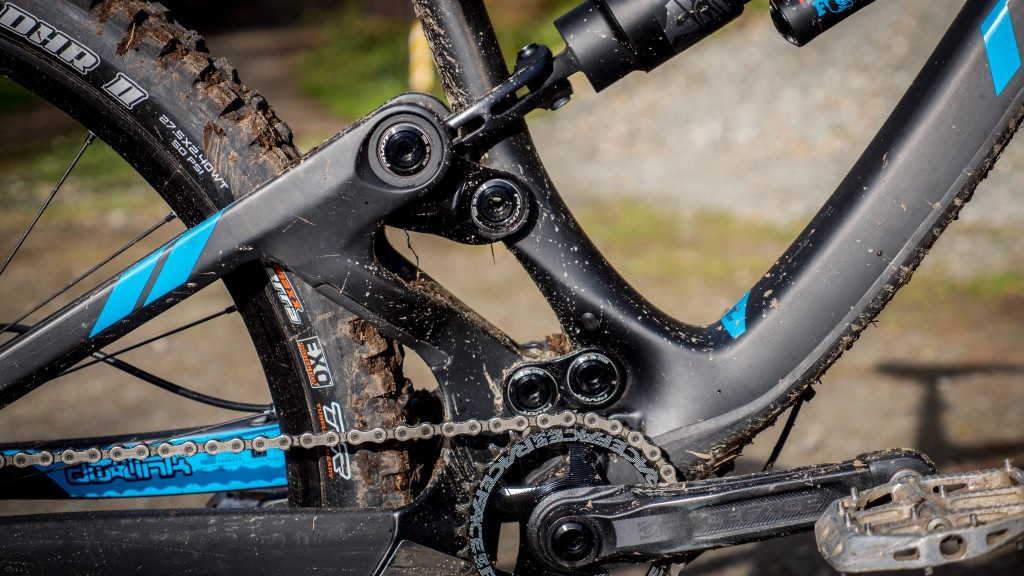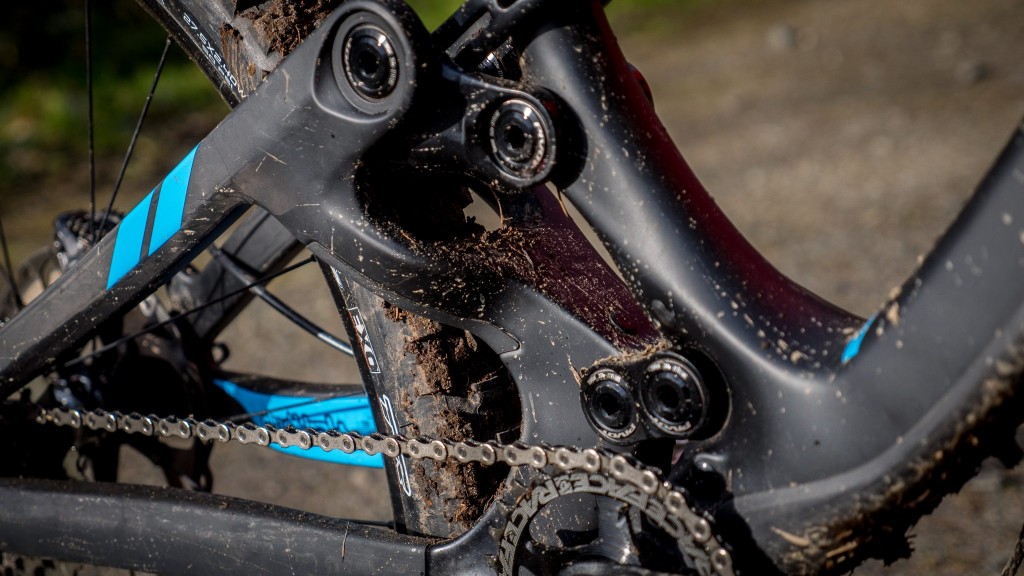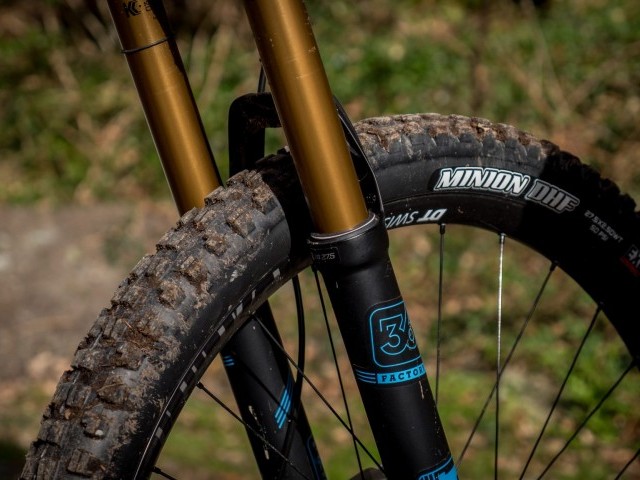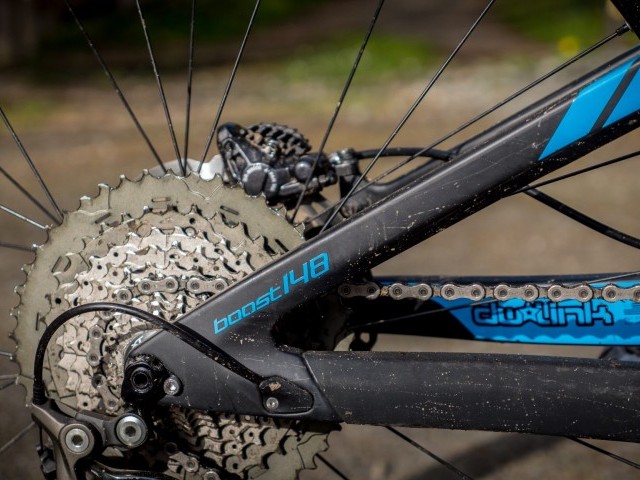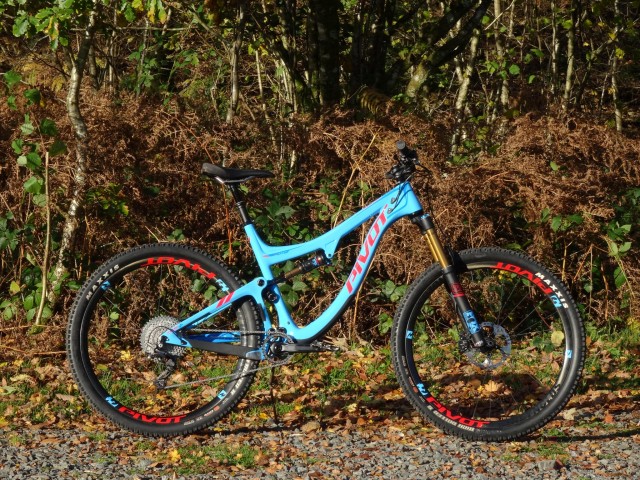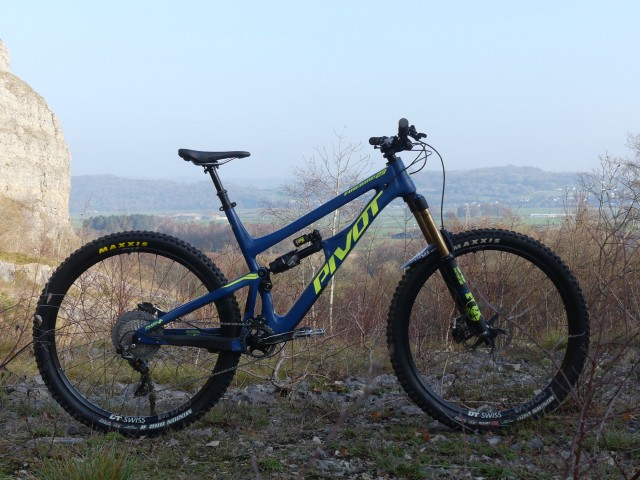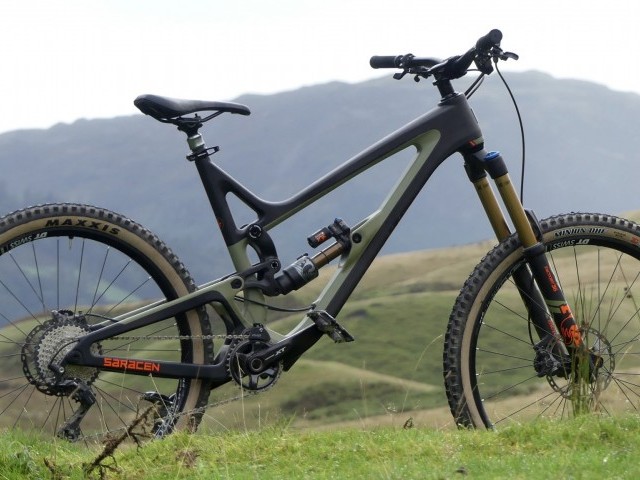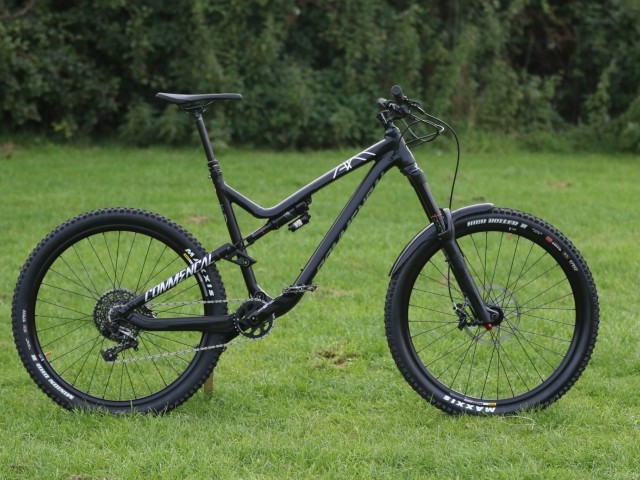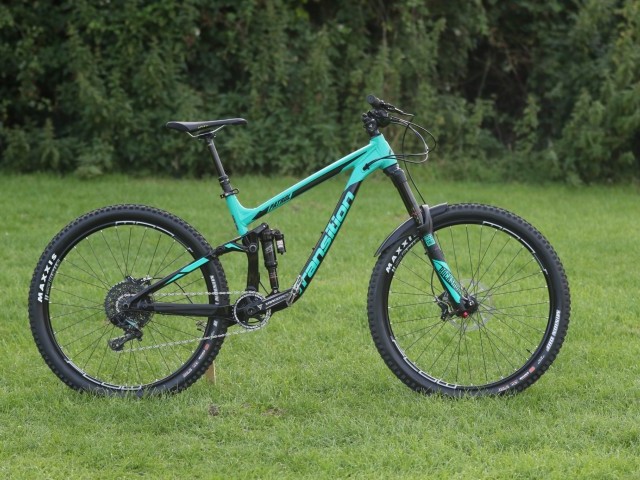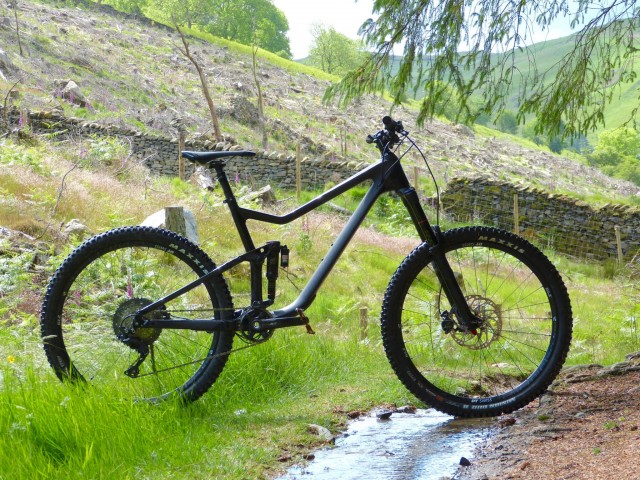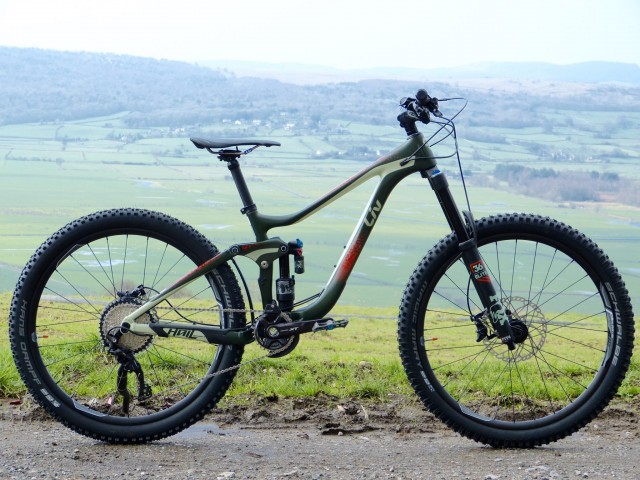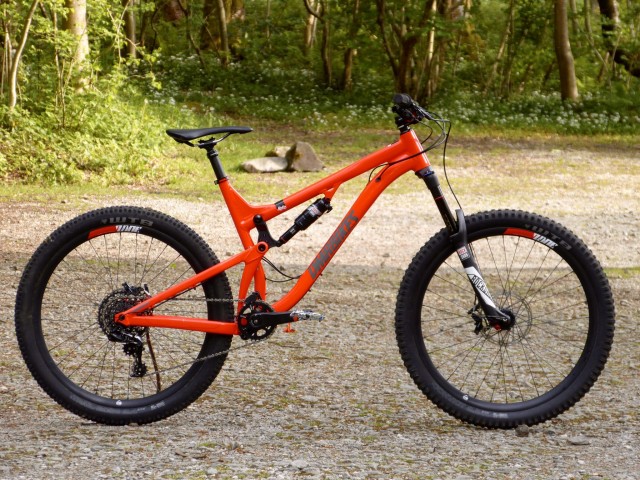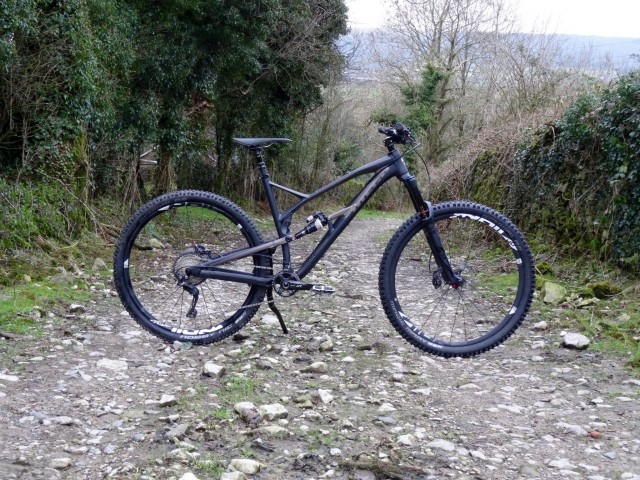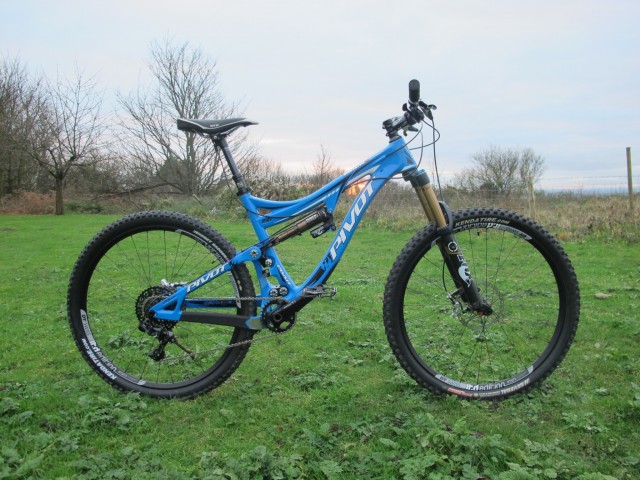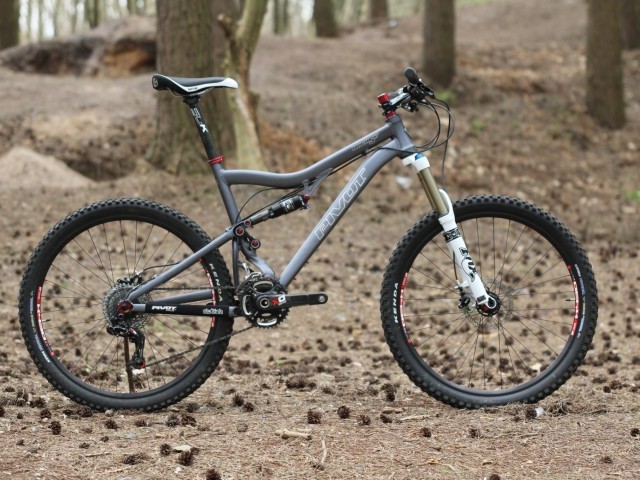At A Glance
For Pivot, there are two big bikes of the year, the Switchblade, tested recently, and the Firebird seen here. Both obviously share the same genes, but more than that, they represent a step forward in the evolution of Pivot bikes. Boost, refined rear ends, and longer geometry bring them to the forefront of modern mountain bike design as some of the most desirable machines around.
Buy Enduro Bikes on
Where the Switchblade is, as the name would suggest a multifaceted trail slicing weapon, the Firebird is an altogether bigger piece of armoury. With 29ers taking up a lot of room in the trail and enduro category, 650b wheels have been looking for more travel and in this case, we have a hefty 170mm front and rear. As usual, this is controlled via a DW link and aims to give plenty of small bump compliance and big travel safety margin while still being good on the pedals. Now that's a tall order!
This is a serious bike, for serious riding, it's taken aspects from the Phoenix downhill bike and packaged them into an all-day pedal machine. With Enduro racetracks getting rougher and tougher, these bikes aim to have no compromise downhill performance while still able to get you back up the hill before sundown.
The spec on the Pivots is an assorted feast of fine goods, but are all based around Fox suspension, specifically the Float X2 shock and a set of 170mm 36s in the driving seat. Elsewhere on this 'PRO XT/XTR 1x' build we have an XT and XTR mix on the braking and drivetrain jobs with a set of Raceface Aeffect cranks pushing things forward.
The Fox theme continues with the excellent Transfer dropper post in 150mm stroke, and the wheels are a DT Spline-Two M1700 set with decent internal width paired with Maxxis Minions, a 2.5 up front and 2.4 out back. That tyre and wheel combo alone would suggest things were destined to get very fast and very steep.
Rounding it all out is a 40mm stem and carbon bars, mixed with Pivot finishing kit.
On The Trail
My questions about this bike were focussed initially on its ability to climb, rather than descend, as it was fairly obvious that plummeting was it's raison d'être, but could it really get me back up a hill without resorting to a slow, painful push like an overweight downhiller?
Having had a quick first spin on the Firebird back in October, I was ready to get better acquainted with this version, and happily this time it was giant friendly extra large. So to answer my first burning question, it was time to climb. Firstly, pedalling is not a wallowing mess of uncontrolled travel; it feels like a stiff and quick-off-the-mark bike with very little lateral flex. All the energy sapping, if it were going to occur would be through the vertical plane of 170mm of travel.
On smooth fire roads, things are easy, and firming up the X2 with the switch happily calms down the back end, and you can push on with whatever level of lung-punishment you desire. Noticeably the Performance version of the X2 doesn't firm up the shock as much or as high in the travel making for a more neutral ride position, rather than too high as I found on my previous ride on the Factory X2. This was particularly noticeable on more technical climbing as I felt lower and more stable. When the going gets very technical, steep or loose, taking the shock back to fully open worked much better, allowing it to dig in and work for me as we clawed our way up some improbably steep terrain. The downside to this was on the very steep terrain the front would wonder as the back sagged down. It can't be all things at once, but some tactical riding and judicious use of the shock switch saw me through comfortably.
When it comes to climbing, the Firebird is a competent ascender but is not going to win any hill-climb medals. The 2.5/2.4 Minions did not help this but with a 30t chainring a big ol' cassette, there was nowhere we couldn't get to.
Once climbs were completed the Firebird had a real need to fly, not that it was unhappy climbing, just that it needed to spread its wings and pick up some speed. The obvious choice of trail would be steep, rough and loose, and these conditions had the Firebird showing it's true colours. Attempting to find the limits on a bike like this is a fool's errand, as it will happily plunge into anything you put in front of it. The big tyres feel like Velcro when coupled with the deep suspension potential on tap. No matter how far a tyre slips, the suspension is there to extend and find traction.
The short back end keeps things nimble and getting some back wheel love is easy, and although there is a lot of travel to pump through, hopping over features doesn't feel like too much of a wrestling match. In the air the Pivot feels stable, as all my references to birds would suggest, but landing and take off take a bit of adjustment as it requires just a fraction of a second longer for the wheels to leave the ground on a big travel bike, and lips must be punched hard to get that pop and launch.
Crucially, the Firebird needs some speed before it show's it's flare, at which point the larger scale trail features start to make more sense. A lot of trail chatter and noise is silenced by the suspension, and bigger lips, rollers and drops must be sought. At slow speeds, small bumps are just steamrollered, but once up to pace, it behaves in a far more sprightly and energised way.
My next attempt to find the inner character of the 'bird’ was to take it on some inappropriately smooth trail centre terrain and see how it faired when the angles were more relaxed. It was here once again that speed was key. Corners taken at speed allow the big travel to g-out in compression, lowering it through the suspension and corners like on rails. With enough pace, compressions on the trail can be linked so that the depth of travel on offer can be used, rebounding out of corners and dips, into the next and onwards. The rewards are there whatever the trail, providing you push hard enough.
The componentry choices on the Firebird are hard to fault, and it was great to see a proper set of big tyres on offer, not trying to compromise or move away from the true calling of the bike. The Fox Transfer dropper is a winner, but the shifter friendly vertical lever is poor compared to the under bar trigger which is fantastic and worth having. Gearing choice was perfect for my riding, with a 30t chainring and a big 46t cassette making short work of climbs.
Overall
The Firebird is truly an exquisite bike, capable of the hardest terrain available and still able to take you back up the hill for more. Far more fun and capable on smooth trails than I had envisaged, it's certainly able to do far more than just descend but lacks the true genre-spanning capabilities of the Switchblade. The question that springs to mind is, are you fast enough for this machine? If you're not already, you soon will be once you've spent some time on the Firebird.
Buy Enduro Bikes on
This review was in Issue 47 of IMB.
For more information visit Pivot CyclesRelated
By Ewen Turner
Ewen Turner is a self-confessed bike geek from Kendal in the Lake District of England. He runs a coaching and guiding business up there and has a plethora of knowledge about bikes with an analytical approach to testing. His passion for bicycles is infectious, and he’s a ripper on the trails who prefers to fit his working life around his time on the bike.

